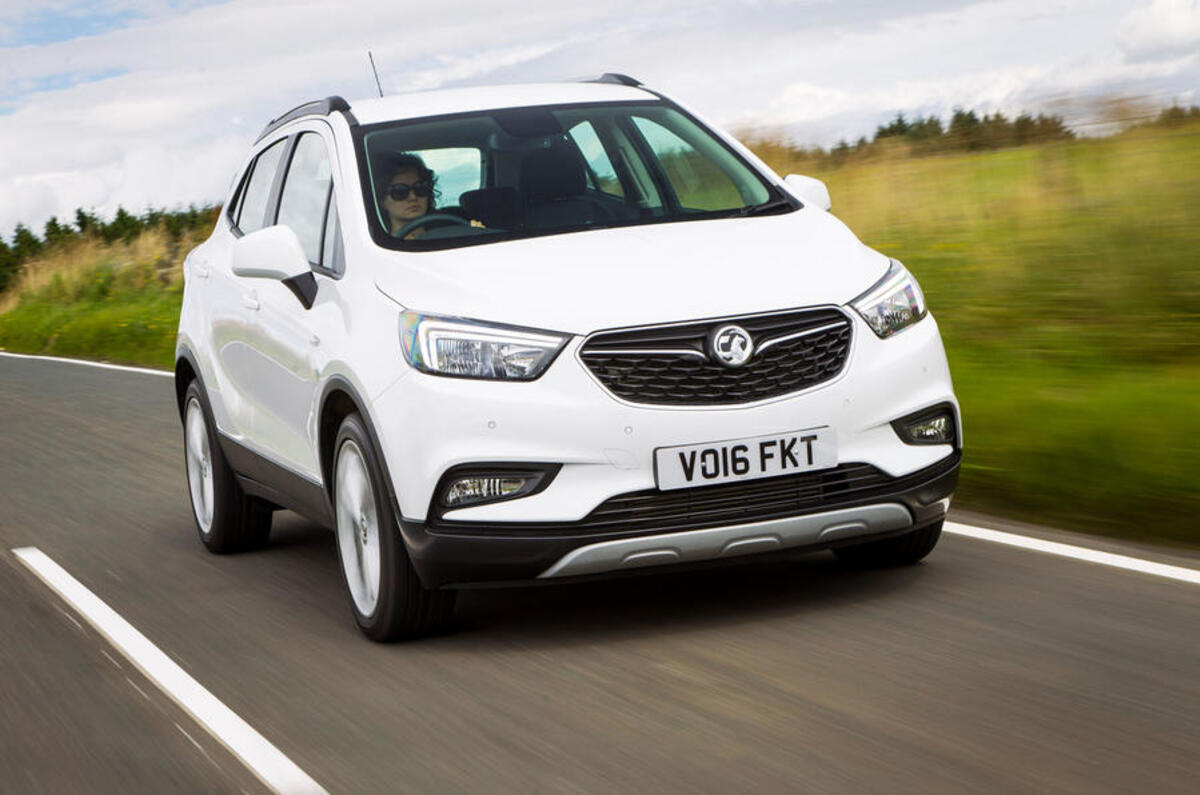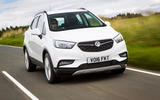The Mokka X is the facelifted version of the small Vauxhall SUV that sold extremely well despite not being all that inspiring to drive.
Such a story is typical of cars in a segment that is largely shunned by enthusiasts but lapped up by everybody else. It’s one of the more lucrative markets for manufacturers, and many buyers are drawn in by style rather than substance.
The Vauxhall Mokka counts the Renault Captur, Peugeot 2008, Ford Ecosport and Skoda Yeti among its rivals, and since its launch in 2012 it has consistently been one of the best sellers in its class.
It’s had a facelift to freshen it up inside and out, and an 'X' has been slapped on to the end of its name to indicate that it’s an SUV. Soon the X will adorn every Vauxhall SUV or crossover.
The front grille and rear end have been reworked, while inside it gets a completely new dashboard, inspired by the Vauxhall Astra's, and all for a price hike of around £800 across the range. It also gets a new, higher-powered 154bhp 1.4-litre turbocharged petrol engine, available with all-wheel drive and an automatic transmission.
We’re driving the 138bhp 1.4-litre turbocharged engine, paired to a six-speed manual gearbox with front-wheel drive. But the rest of the engine range is made up of an 108bhp 1.6-litre petrol, and two variants of Vauxhall’s turbocharged 1.6-litre diesel engine – producing 108bhp and 134bhp respectively.


























